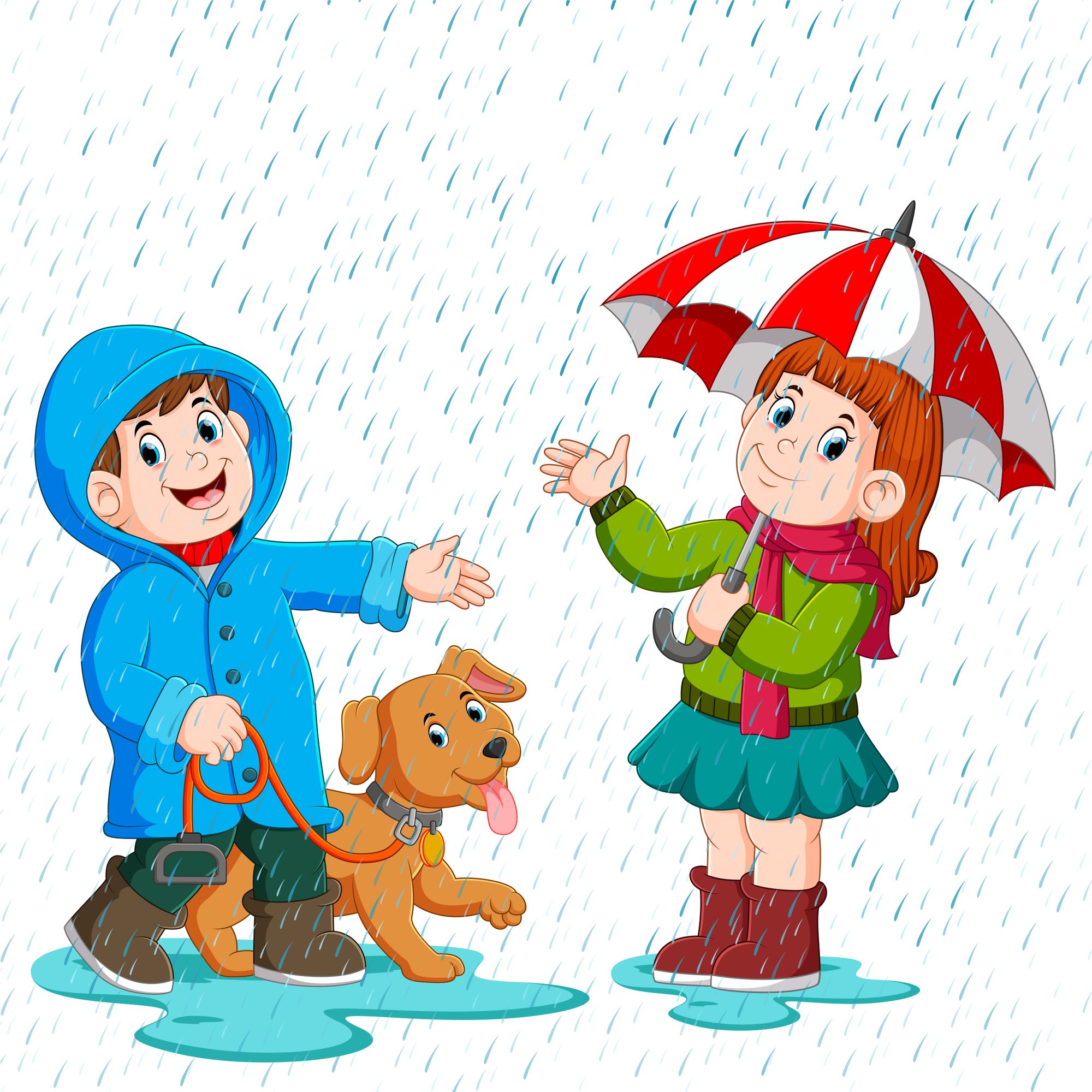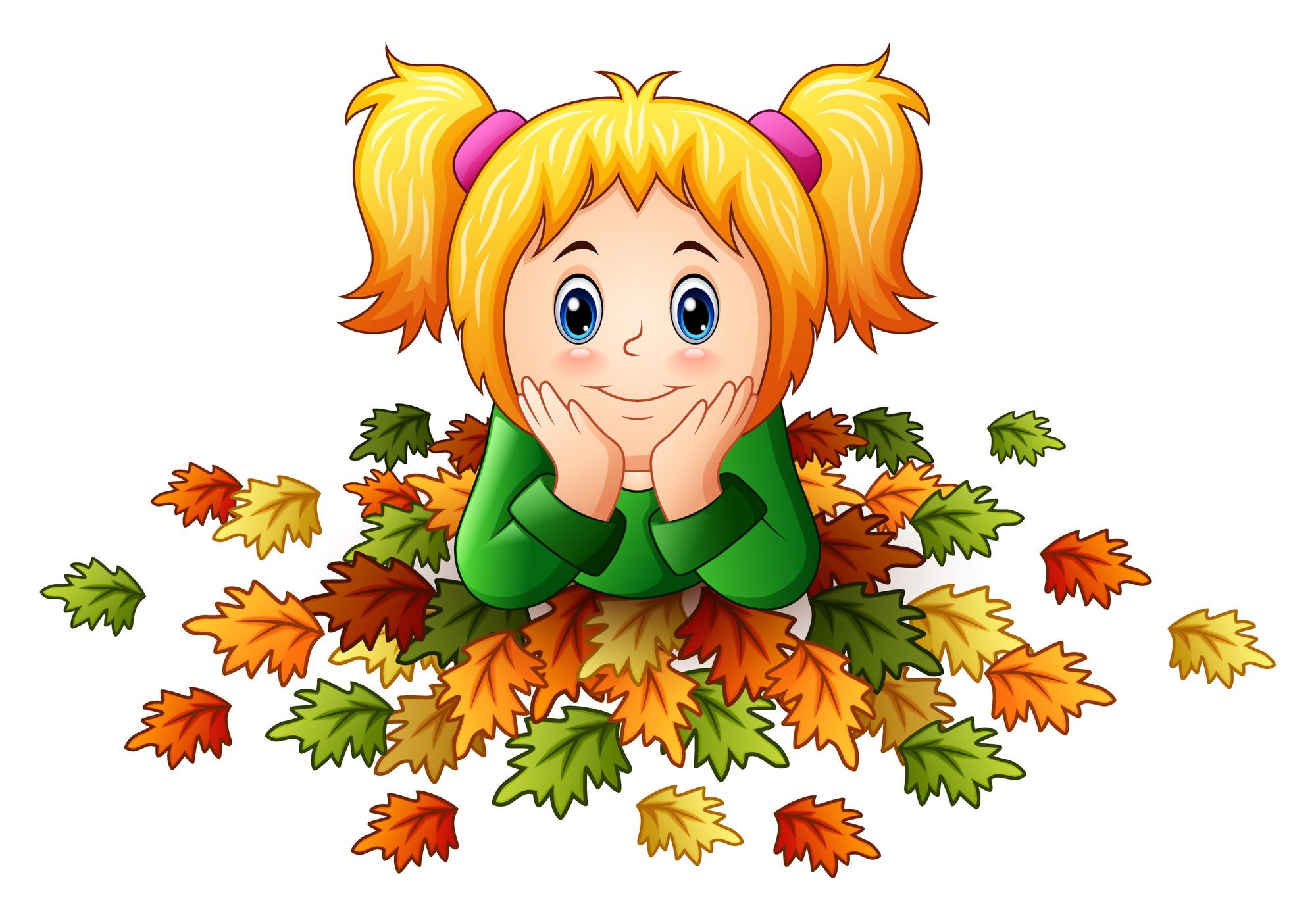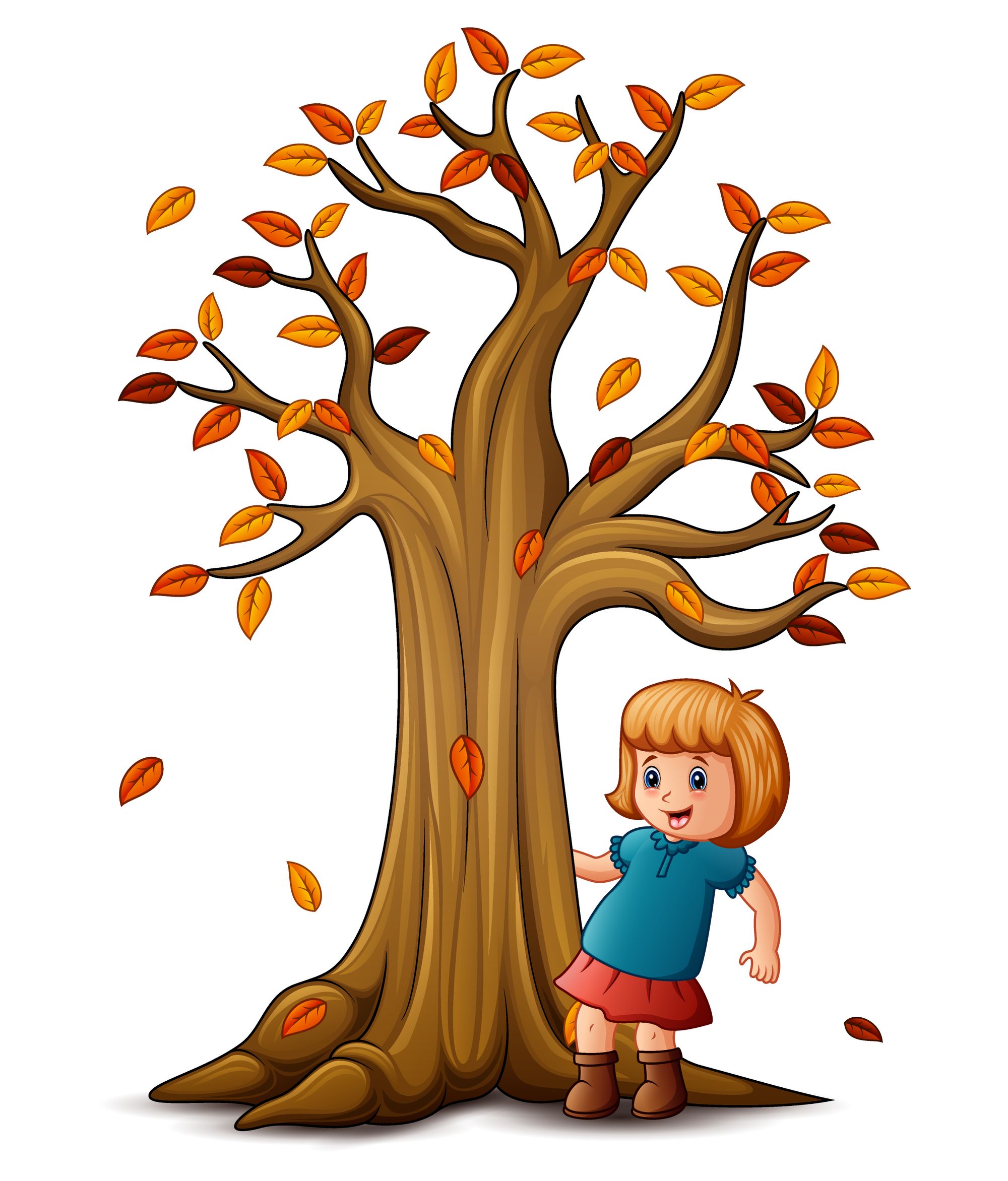





These simple fall games will appeal to both kids and parents. A wonderful way to turn an ordinary walk with a child into a fun adventure.
• Guess what it is?
Swipe your finger on a pebble, bump, acorn. Having gained experience, the child accurately determines the quality of the subject in a word: smooth, prickly. You can blindfold the child (this activates other senses) and suggest that he guess what subject he is touching. Untie your eyes - let the child indicate the objects to which he touched.
• What has disappeared?
Lay out several different pebbles, cones, dry leaves, and other similar material on the ground. Have your child remember them and then turn away or close their eyes. At this time, you will remove one of the items or swap them. The child’s task is to determine what exactly has been removed or what has changed. The more objects, the less they differ, the more difficult the task.
• Leaves and bear
In fall, you can wander, rustle leaves, toss them up, watching how they are strewed with colorful rain. Take a look around: leaves are falling slowly - it's leaf fall.
Why do leaves spin and fly slowly? - a question for a child of 4 years. They are light. How did you find out? Put it on the bench and blow it. (Breathing exercises are needed to improve health).
And now, together with dad, we will collect a whole heap of dry autumn leaves. Let the bear take them to the den, gently hibernate him, warm on the leaves. Offer to play some interesting game. Here under the bush of the bear’s den (let dad be a bear), and we came to the forest with berries:
The bear has mushrooms in the pine forest, I take berries,
And the bear sits and growls at us: "Rrr!"
And the whole company screeches from the “den”. You can climb a stump and jump on a pile of leaves. It's so interesting! Or even crawl on this motley rustling carpet on the ground, if my mother permits. Crawling, climbing, jumping are those exercises that strengthen the child’s body, and they are so lacking in his life. So take the opportunity.
• Red scarf
Mom has a red scarf - for her there is a beautiful red sheet; the baby has a yellow jacket... - we will also pick the leaves according to their color. Gathering a heap of the brightest leaves, you can all together lay out a colorful rug, lay out multi-colored patterns. Mom makes a hat, handbag, belt for the child from leaves. The most beautiful leaves are in a bouquet for grandmother. What is the bouquet? Lush, luxurious, colorful fall bouquet. Let the baby repeat these activities, and remember them. Thus, we gradually enriched the vocabulary of a preschooler.
• Who is the relative?
Invite the baby to find as many relatives of the birch tree as possible (oak, apple tree, etc.) - “grandmother”, “grandfather” (old trees), “sisters”, “children” and explain their choice. Performing your task, the child first combines the trees in similarity (in this case, they are all birch trees), and then among the similar ones he finds differences (old-young, big-small, thick-thin).
• Who could it be?
For the full development of the child, it is very important to include all the senses in the work. Find the tree with the smoothest and roughest bark, pet it with your eyes closed and offer to answer the question: “Imagine that you are stroking the animal. Who could it be?"
• Pantomime Theater
A simple game, which is similar to the well-known “Living Pictures”, will help develop a child’s observation, imagination, and plasticity of movements. A child (or children, if there are several of them gathered on vacation) depicts some kind of animal or plant, and the audience guesses what he was up to. If your company consists only of your child and you, depict the paintings in turn. Possible options are given below..
A gentle breeze blows - the tree rustles slightly with leaves. A strong wind blows - the tree sways and bends.
A seed sprouts, paving its way through the soil. Gradually, it turns into an adult plant; flowers bloom on it.
Ants crawl, help each other to drag a load: for example, all together drag a stubborn caterpillar.
A forest bird flies from tree to tree and, with its beak and claws, takes out insects from cracks in the bark of trees, from branches or leaves.
• Experiment
Tell that each tree, each bush is a “house” and a “dining room” for many animals, primarily birds, insects. You can get to know them. To do this, you need a large sheet of white paper or a sheet, even an umbrella of a light color will do. On a clear, warm day, place this umbrella (sheet) upside down under the bush. Gently shake the bush branch above it. At the same time, there will be many small insects and spiders on the open umbrella. Let the child carefully examine them. This is best done with a magnifying glass, which helps to open another world that exists near us, but is completely unfamiliar. Do not forget to return all the inhabitants to their house by shaking off the fabric over the bush!

